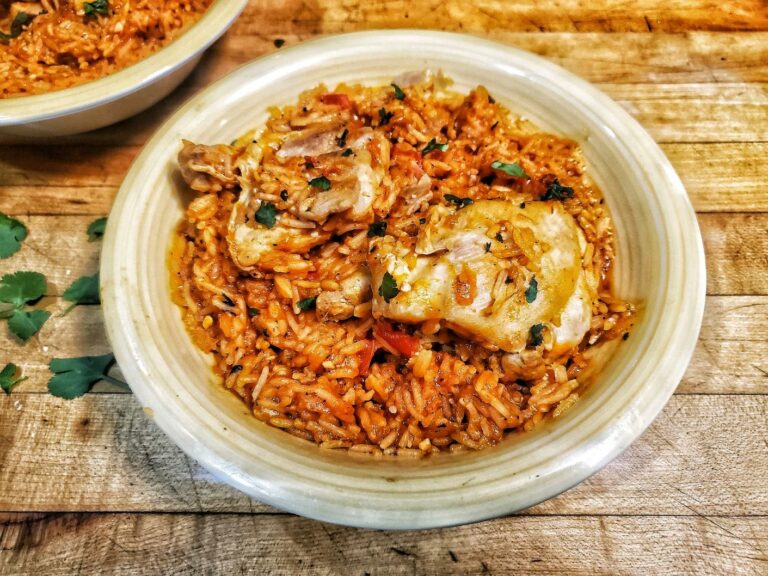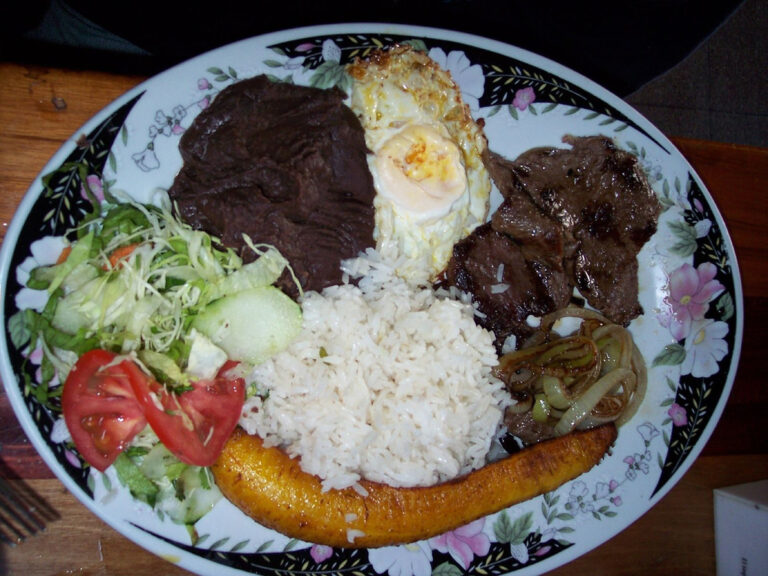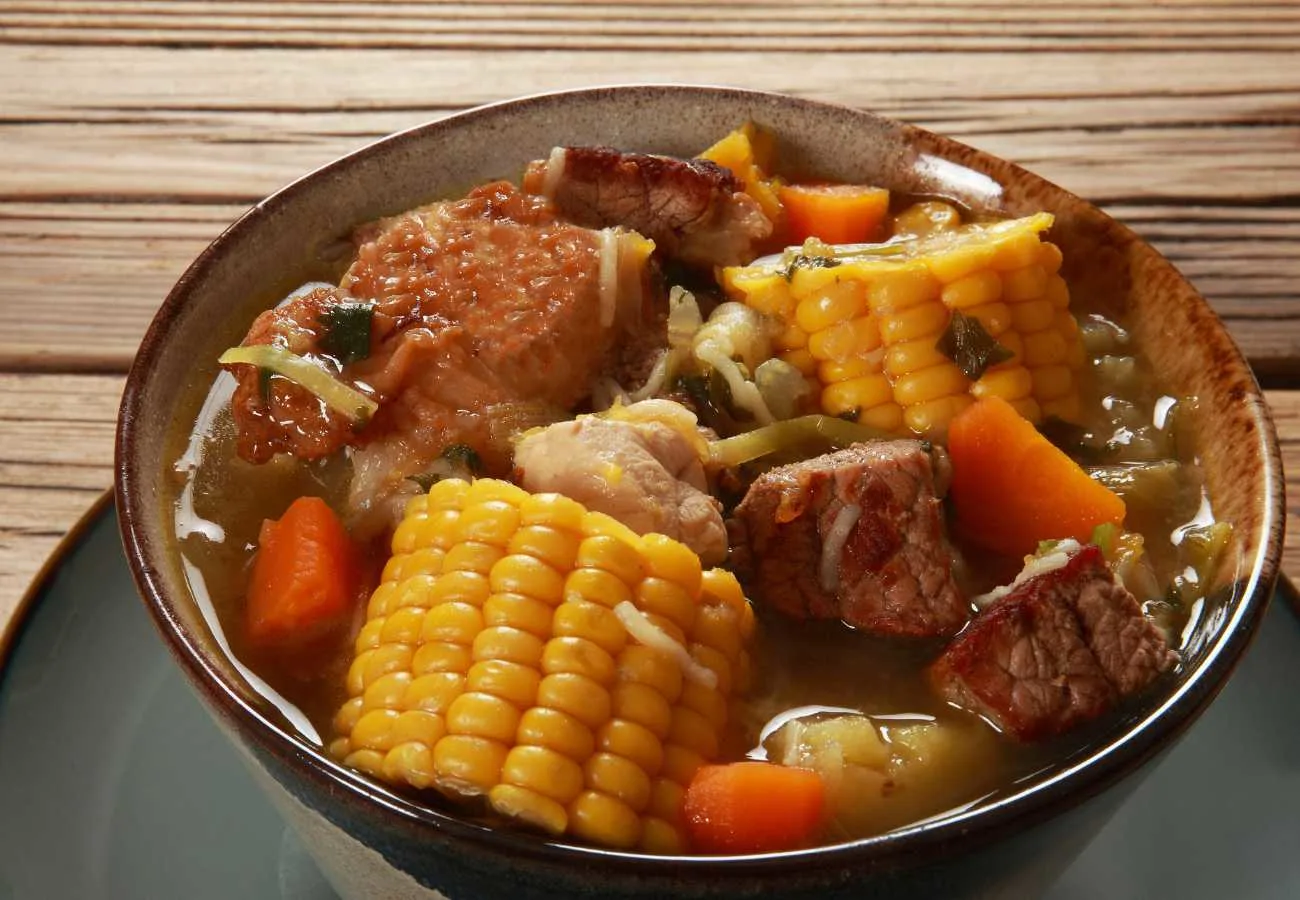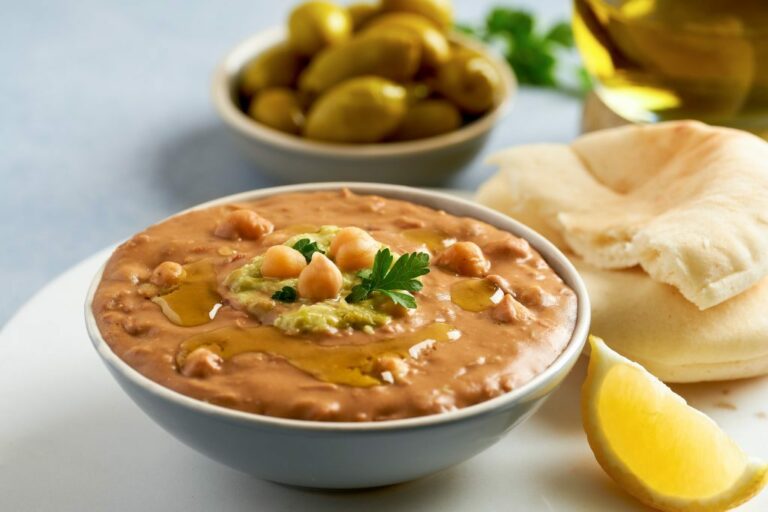Introduction: Barbadian Cuisine
Barbadian cuisine is a unique blend of flavors and influences from different cultures that have shaped the island’s history. The cuisine is reflective of the cultural diversity that exists on the island, with African, British, Indian, Portuguese, Creole, and Amerindian influences all contributing to its rich and diverse flavor profile. This fusion of flavors has resulted in a cuisine that is both unique and delicious, with a mix of spices, herbs, and ingredients that reflect the island’s history and culture.
African Influences on Barbadian Cuisine
African influences are a significant part of Barbadian cuisine, with the introduction of West African slaves to the island in the seventeenth century. These slaves brought with them their culinary traditions, which included the use of spices such as cumin, coriander, and ginger. These spices were used to flavor dishes such as rice and peas, which has become a staple in Barbadian cuisine. Other dishes influenced by African cuisine include fish cakes, cou-cou, and pepperpot.
British Influences on Barbadian Cuisine
The British had a significant influence on Barbadian cuisine, with their colonization of the island in the seventeenth century. British cuisine can be seen in the traditional dishes such as macaroni pie, shepherd’s pie, and fish and chips. The British also introduced tea to the island, which is now a popular beverage in Barbados. Additionally, the British introduced the cultivation of sugar cane to the island, which has had a significant impact on the development of the island’s cuisine, particularly in desserts and sweet treats.
Indian Influences on Barbadian Cuisine
The Indian influence on Barbadian cuisine can be traced back to the arrival of Indian immigrants to the island in the nineteenth century. These immigrants brought with them their culinary traditions, which included the use of spices such as turmeric, cumin, and coriander. These spices are often used in dishes such as curry goat, roti, and chutneys. Indian cuisine has also had an impact on the island’s sweet treats, with the introduction of sweets such as ladoo and barfi.
Portuguese Influences on Barbadian Cuisine
The Portuguese arrived in Barbados in the sixteenth century, and their influence can be seen in the island’s cuisine. The use of salt cod, for example, is a Portuguese influence that has become a staple in Barbadian cuisine. Additionally, the Portuguese introduced foods such as pork and sweet bread, which are now popular in Barbadian cuisine. The island’s national dish, cou-cou, also has Portuguese roots, with its main ingredient, cornmeal, having been introduced by the Portuguese.
Creole Influences on Barbadian Cuisine
Creole cuisine is a unique blend of African, European, and Native American influences, and has had a significant impact on Barbadian cuisine. Many of the island’s traditional dishes, such as pepperpot and flying fish, have a Creole influence. Creole cuisine is also known for its use of spices such as thyme, allspice, and scotch bonnet peppers, which are often used in Barbadian cuisine.
Amerindian Influences on Barbadian Cuisine
The Arawak and Carib tribes were the original inhabitants of Barbados, and their influence can still be seen in the island’s cuisine today. Many of the island’s fruits and vegetables, such as cassava, guava, and yams, were introduced by the Amerindians. Additionally, the Amerindians introduced the use of cornmeal, which is now a staple in the island’s national dish, cou-cou.
Conclusion: A Fusion of Flavors in Barbadian Cuisine
In conclusion, Barbadian cuisine is a reflection of the island’s cultural diversity, with influences from Africa, Britain, India, Portugal, Creole, and Amerindian cultures all contributing to its unique and delicious flavor profile. The fusion of flavors has resulted in a cuisine that is both exciting and delicious, with a mix of spices, herbs, and ingredients that reflect the island’s history and culture. Whether you are a fan of savory dishes or sweet treats, Barbadian cuisine has something for everyone to enjoy.










